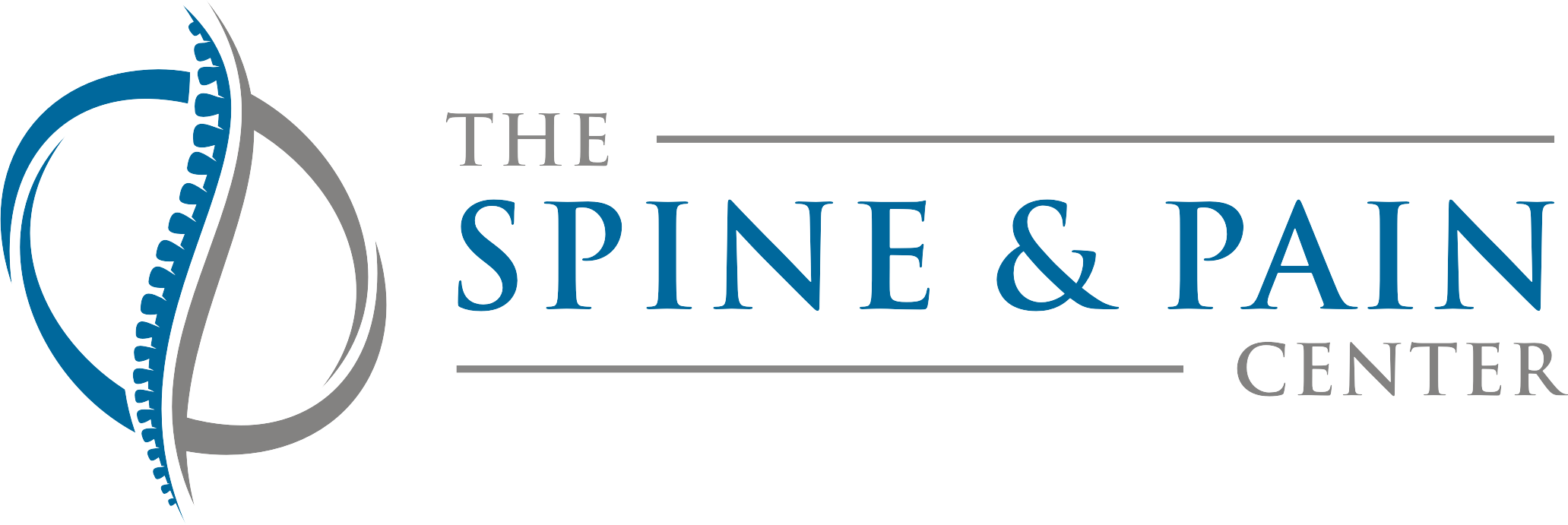Defined
A chronic musculoskeletal disorder, Fibromyalgia causes muscle pain, fatigue, and brain fog. Symptoms are often similar to other chronic pain conditions and can be difficult to diagnose. There are specific mental and physical characteristics that are unique to fibromyalgia such as pain and tenderness, fatigue, sleep problems, chest pain, depression, and poor concentration. Most often afflicting women, the condition is found in only 10 percent of the male population. Though a cure for Fibromyalgia has yet to be discovered, the experts at The Spine & Pain Center will help you manage symptoms with a variety of treatment options.
Causes
Researchers have yet to determine an exact cause of fibromyalgia, though genetics may be a part of it. Patients with family members with a history of fibromyalgia may be more likely to suffer from the disorder as well. Traumatic events such as illness or a physical injury may also play a part in triggering fibromyalgia symptoms. Some have suggested neurotransmitters in the brain are sometimes less effective at responding to pain after a stressful situation occurs in fibromyalgia patients.
Symptoms
Patients diagnosed with Fibromyalgia have described widespread muscle pain that occurs on both sides of the body. Sometimes the pain symptoms are dull or achy with accompanied joint stiffness or numbness in certain areas. Pain can be felt anywhere on the body, with increased pain in specific tender points. Fatigue and insomnia are common with patients suffering from these symptoms often experiencing an inability to concentrate, remember, or focus on a task at hand. Some patients develop stomach pains, cramping, and chronic headaches.
Treatments
Lifestyle remedies such as dietary changes and low-impact exercises are commonly used to manage fibromyalgia symptom and to reduce pain. Exercise helps relieve physical discomfort, combat fatigue, and reduces behavioral health issues. Fibromyalgia pain is often widespread, and physicians at The Spine & Pain Center also treat their patients with trigger point injections and other therapies including acupuncture, diathermy, and infrared therapy.


